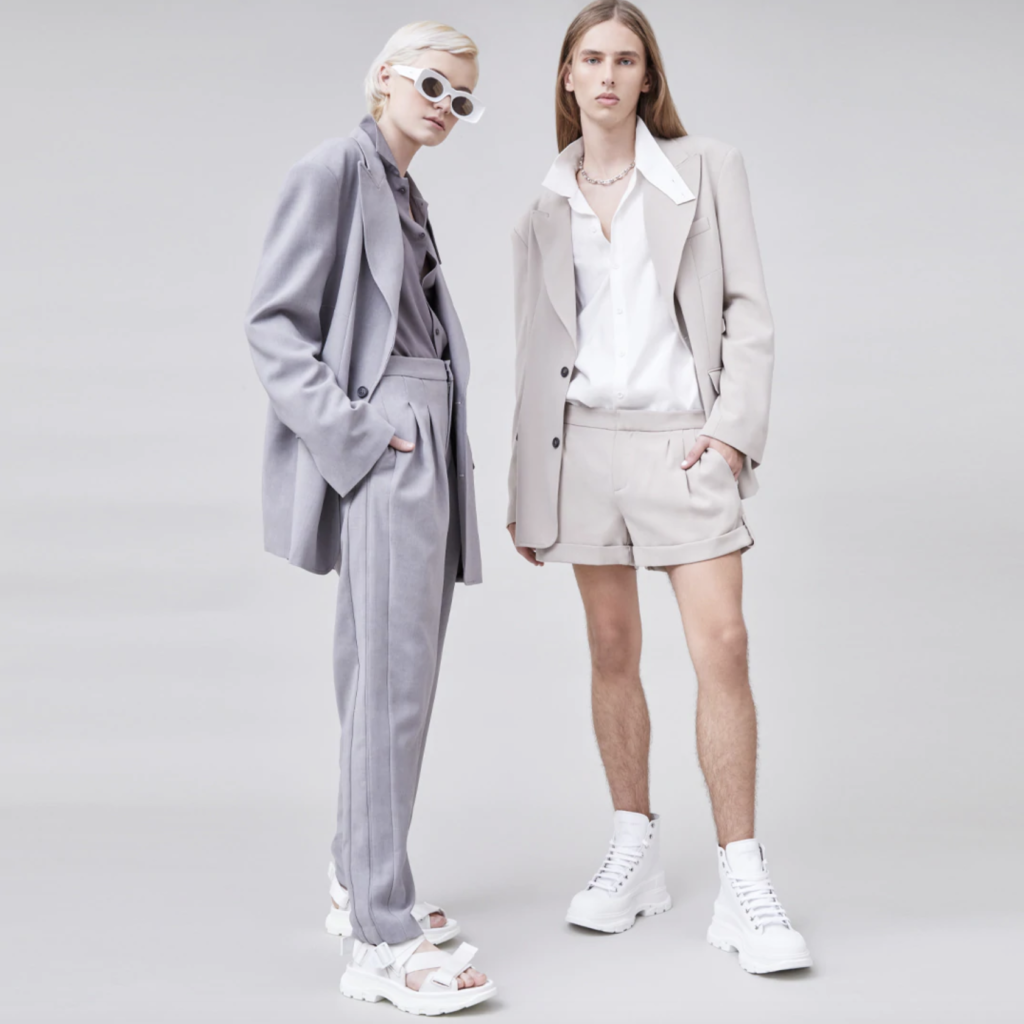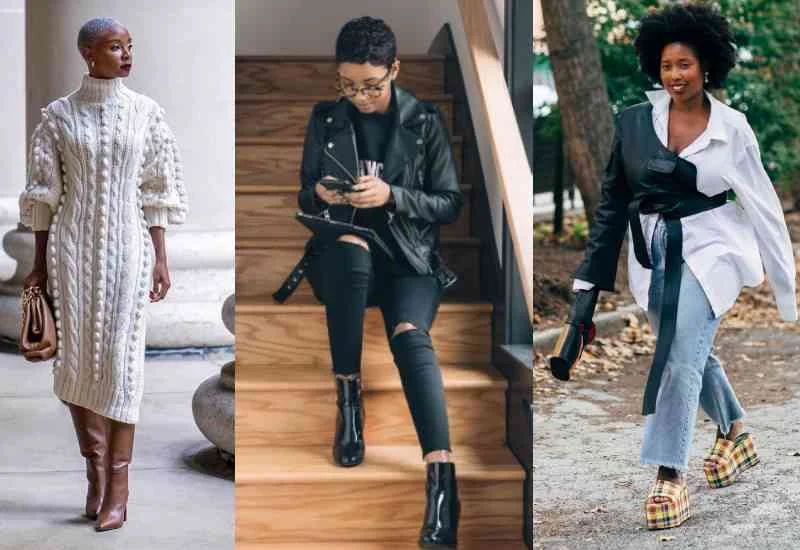In recent years, how gender-neutral fashion is reshaping the industry has become a pivotal topic within the realm of style and self-expression. As society increasingly embraces diversity and inclusivity, the fashion world is responding by breaking down traditional gender norms. This shift not only challenges the binary perception of clothing but also empowers individuals to express their identities freely, regardless of societal expectations. With brands and designers leading the charge, gender-neutral fashion is redefining what it means to dress for oneself.
In this article, we will delve into the various ways gender-neutral fashion is influencing design, marketing, and consumer behavior. You will discover how leading fashion houses are adopting unisex collections, creating versatile pieces that cater to a broader audience. Additionally, we will explore the impact of social media and celebrity endorsements in promoting gender-neutral styles, making them more accessible and appealing to the masses.
Furthermore, we will examine the cultural implications of this fashion revolution, highlighting how it fosters a sense of belonging and acceptance among diverse communities. By the end of this article, you will gain a deeper understanding of the transformative power of gender-neutral fashion and its potential to reshape not only the industry but also societal perceptions of identity and expression. Join us as we explore this exciting evolution in fashion that invites everyone to participate, regardless of gender.
Gender-neutral fashion is not just a trend; it represents a significant shift in the fashion industry that challenges traditional gender norms. This article explores various aspects of this evolving landscape.
The Rise of Gender-neutral Fashion
The emergence of gender-neutral fashion can be traced back to a growing societal acceptance of diverse gender identities. As more individuals identify outside the binary gender framework, fashion brands are responding by creating collections that cater to all genders. This shift is not only about clothing but also about embracing inclusivity and self-expression.
Brands like Telfar and Rad Hourani have pioneered this movement, offering designs that are versatile and unisex. The rise of gender-neutral fashion reflects a broader cultural change, where consumers are increasingly seeking authenticity and representation in the brands they support.
Impact on Traditional Retail Models
Gender-neutral fashion is reshaping traditional retail models by challenging the conventional separation of men’s and women’s clothing sections. Retailers are now rethinking their store layouts and marketing strategies to accommodate a more fluid approach to fashion. This change not only enhances the shopping experience but also promotes a more inclusive environment.
As a result, many retailers are adopting a “gender-free” approach, allowing customers to shop without the constraints of gendered categories. This shift is expected to drive sales and attract a broader customer base, as consumers appreciate the freedom to choose clothing that resonates with their personal style.
The Role of Social Media in Promoting Gender-neutral Fashion
Social media platforms have played a crucial role in the rise of gender-neutral fashion. Influencers and activists use these platforms to showcase their unique styles, often blending traditionally masculine and feminine elements. This visibility has helped normalize gender-neutral clothing and inspire others to embrace their individuality.
Hashtags like #GenderNeutral and #UnisexFashion have gained traction, creating communities that celebrate diversity in fashion. As more people share their experiences and styles online, the demand for gender-neutral options continues to grow, prompting brands to expand their offerings.
Sustainability and Gender-neutral Fashion
Gender-neutral fashion often aligns with sustainable practices, as many brands focus on creating timeless pieces that transcend seasonal trends. By promoting a minimalist approach, gender-neutral fashion encourages consumers to invest in quality over quantity, reducing waste in the fashion industry.
Additionally, many gender-neutral brands prioritize ethical production methods, ensuring that their clothing is made with sustainable materials and fair labor practices. This commitment to sustainability resonates with environmentally conscious consumers, further driving the popularity of gender-neutral fashion.
Celebrity Influence on Gender-neutral Fashion
Celebrities play a significant role in shaping fashion trends, and many have embraced gender-neutral styles. Public figures like Billy Porter and Jaden Smith challenge traditional gender norms through their bold fashion choices, inspiring fans to explore their own identities through clothing.
Their influence extends beyond personal style, as they advocate for inclusivity and representation in the fashion industry. As more celebrities adopt gender-neutral fashion, it becomes increasingly mainstream, encouraging brands to follow suit and cater to a diverse audience.
The Future of Gender-neutral Fashion
The future of gender-neutral fashion looks promising, with an increasing number of brands committing to inclusivity. As societal attitudes continue to evolve, the demand for gender-neutral options is expected to rise, prompting more designers to create collections that reflect this shift.
Moreover, advancements in technology, such as 3D printing and virtual fitting rooms, may further revolutionize the industry, allowing for more personalized and inclusive shopping experiences. The potential for growth in this sector is immense, as consumers increasingly seek brands that align with their values.
Challenges Facing Gender-neutral Fashion
Despite its growth, gender-neutral fashion faces several challenges. One significant hurdle is the lingering stigma surrounding non-binary identities, which can affect consumer acceptance and brand visibility. Additionally, some traditional retailers may be hesitant to fully embrace this shift, fearing it could alienate their existing customer base.
Furthermore, the lack of standardized sizing and fit for gender-neutral clothing can pose challenges for consumers. Brands must address these issues to ensure that gender-neutral fashion is accessible and appealing to a wide audience.
Conclusion: Embracing Diversity in Fashion
Gender-neutral fashion represents a transformative movement within the industry, promoting inclusivity and self-expression. As brands continue to adapt to changing societal norms, the fashion landscape will likely become more diverse and representative of all identities.
Ultimately, embracing gender-neutral fashion is not just about clothing; it is about fostering a culture of acceptance and understanding. As consumers advocate for change, the industry must respond by prioritizing diversity and inclusivity in all aspects of fashion.
| Aspect | Description |
|---|---|
| Definition | Gender-neutral fashion refers to clothing that is not specifically designed for a particular gender, allowing individuals to express themselves without the constraints of traditional gender norms. |
| Historical Context | The movement towards gender-neutral fashion has roots in the 1960s and 70s, with the rise of unisex clothing and the challenge of traditional gender roles. |
| Current Trends | Many brands are now offering gender-neutral collections, focusing on comfort, versatility, and inclusivity, appealing to a broader audience. |
| Impact on the Industry | Gender-neutral fashion is challenging the binary view of clothing, encouraging brands to rethink their marketing strategies and product lines. |
| Consumer Demand | There is a growing demand from consumers for clothing that reflects their identity, leading to increased sales and brand loyalty for companies that embrace gender neutrality. |
| Challenges | Despite its growth, gender-neutral fashion faces challenges such as societal norms, sizing issues, and the need for broader acceptance in mainstream fashion. |
| Future Outlook | The future of gender-neutral fashion looks promising, with more designers and brands expected to adopt inclusive practices, ultimately reshaping the fashion landscape. |




